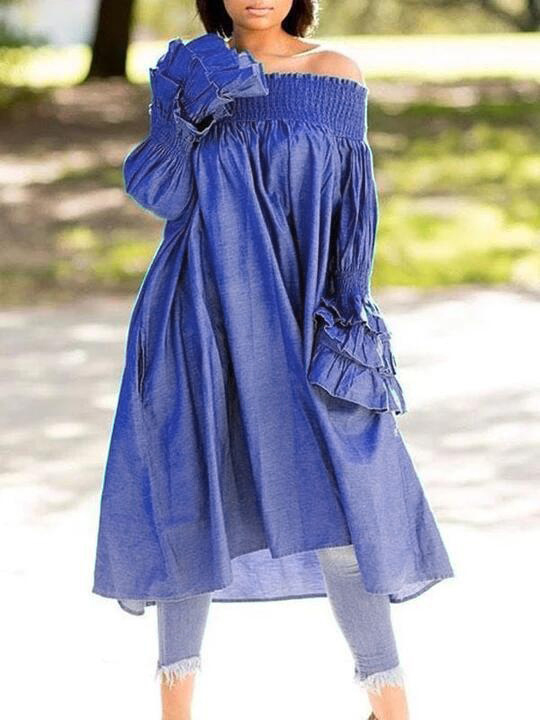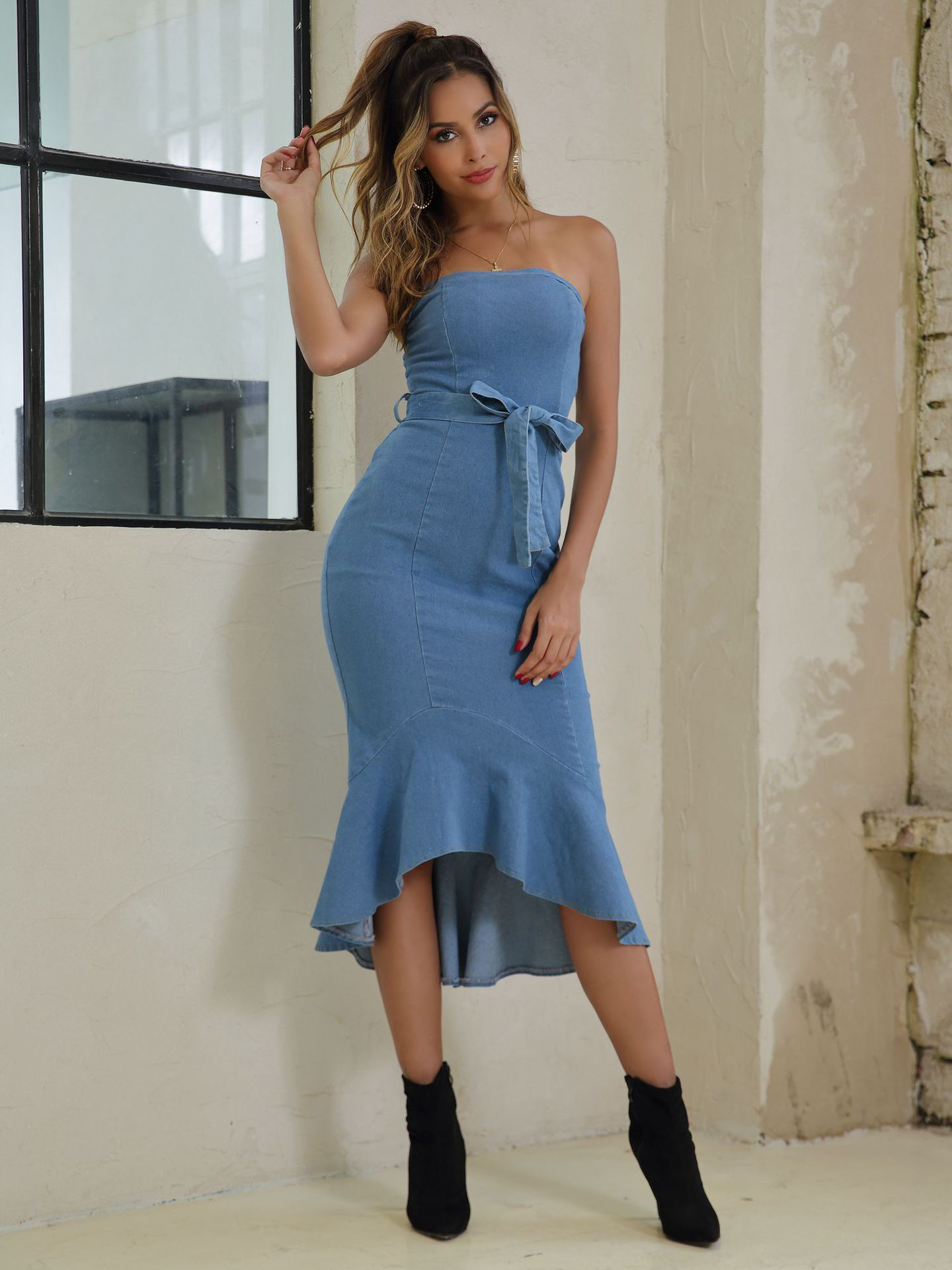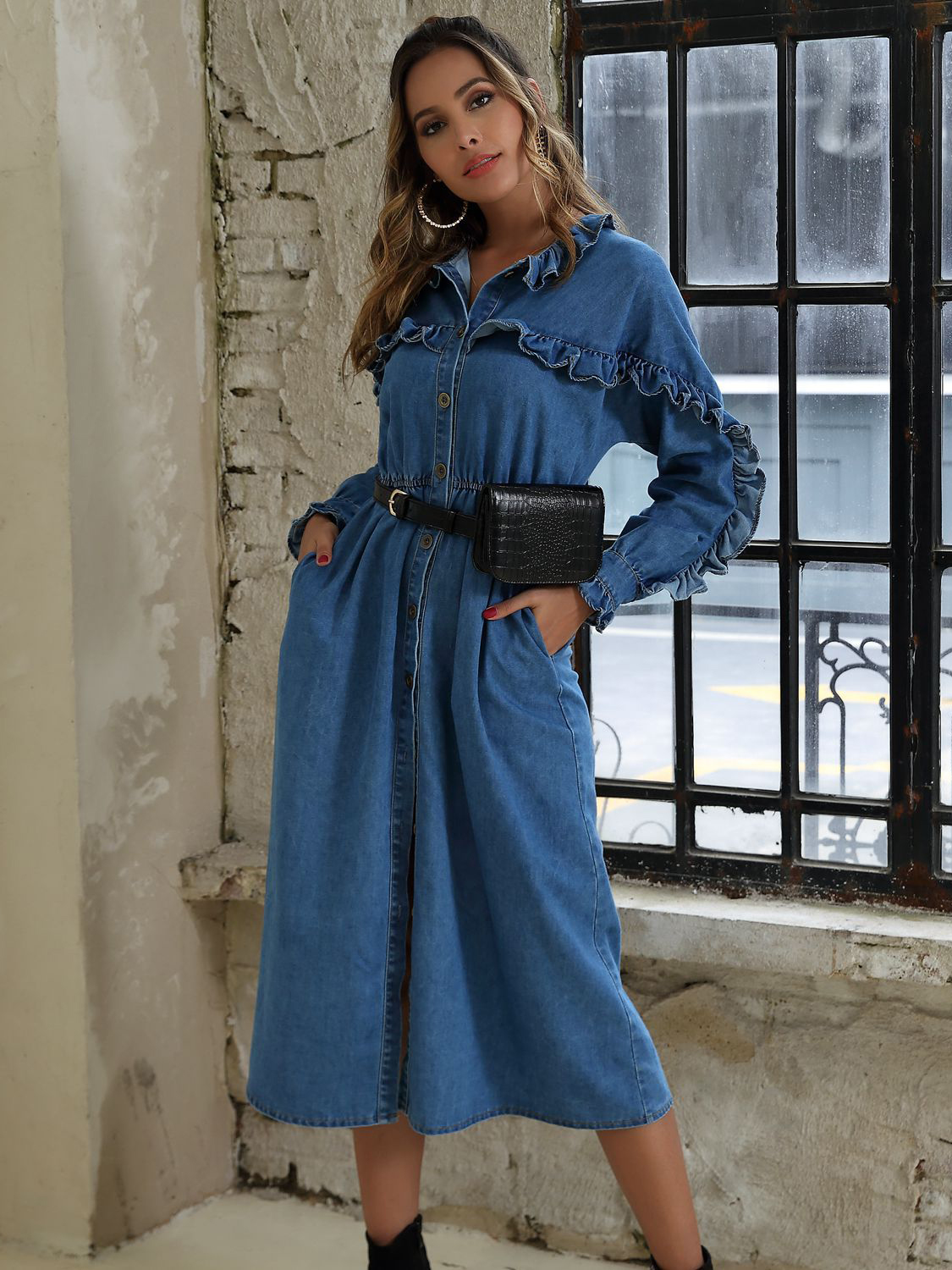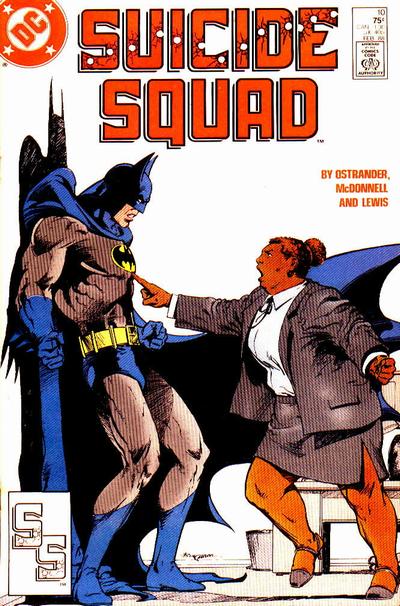Comic Title: The Adventures of Tom Sawyer and The Adventures of Huckleberry Finn
Comic Author: Adapted from the novels by Mark Twain. Tom Sawyer adapted by Matt Josdal and illustrated by Brian Shearer; Huck Finn adapted by Roland Mann and illustrated by Naresh Kumar.
Format: Graphic Novel
Reviewed by: Jessica
Both Mark Twain’s classic paean to American boyhood and his most celebrated portrait of the antebellum South get the graphic novel treatment.
I think most of us know the stories, but here you go: Tom Sawyer is a happy-go-lucky kid who is always thinking of ways to con people, get out of work, and go on adventures. Some of those adventures turn dangerous, though, especially when he and his friend Huck Finn witness a murder, or when he and the object of his boyish affections, Becky Thatcher, find themselves trapped in a cave. Tom has the wits and the luck to always come out on top, though, and never a smidge wiser for it.
Following his adventures with Tom, Huck flees his abusive father and finds himself drifting downriver on a raft with runaway slave Jim. They share various misadventures, including falling into the middle of a deadly feud, and into the hands of a pair of nasty conmen, but events reach their peak when Tom Sawyer rears his puckish head again.
Impressions and Opinions:
It’s been years since I read either of these in the original prose, but I do remember enjoying both of them, for very different reasons. From what I recall, the graphic novelizations are very faithful to the original plots. The problem with that is that the strength of a Mark Twain novel is never in the plot, but in the wit of the prose. With so much of that pared down, the best part of the books is gone, and even the jokes that remain fall flat. The famous fence white-washing scene is still there, but you don’t get a real sense of Tom’s cleverness because it’s so awkwardly conveyed. Huck’s personality barely comes through at all (more on that later). The writing really suffered from the transition to graphic novel for both of these books.
And the art…oh, the art. No punches pulled: the art in Tom Sawyer is terrible. Everyone is a face-melting horror, there’s no anatomy to speak of, and Becky Thatcher appears to be wearing a Buddhist monk’s robe over harem pants. The art in Huck Finn isn’t very good either, but after Tom Sawyer it’s a relief, even if all of the characters look alike.
All told, if I were reading these without having read either of the original novels, I would be very confused as to why they were considered such classics.
Have you used this comic in your classroom, or in any sort of educational capacity?
I haven’t used them in the classroom, but the Campfire line is certainly designed for young, modern readers, so theoretically they could be used in place of the original novels for remedial reading students. Tom Sawyer is not very good, but aside from quality there’s no reason it couldn’t be used this way. Huck Finn is notable because it doesn’t use the thick dialect and phonetic spelling that the original novel does. On the one hand, this makes reading it a lot easier, as the dialect is a struggle for almost any reader. On the other hand, it removes a lot of Huck’s personality, as mentioned above; the reader no longer gets a sense of him as a character. Whether that is a fair tradeoff depends on the teacher and the student.
Both books have a couple of pages in the back with additional information. Huck Finn’s are about the history of slavery and give a decent context for the book, while Tom Sawyer’s are inexplicably about famous islands. Both books could probably use stronger historical and societal context, actually.
Is there anything else you feel that teachers should know about this comic?
There’s slight violence and a couple of dead bodies, but no worse than the novels.




